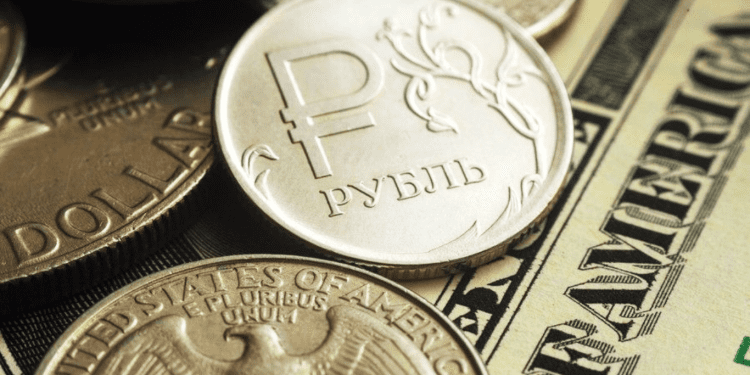- Russian President signs bill introducing digital ruble as the digital version of the country’s national currency.
- The digital ruble will act as a payment and money transfer method alongside cash and non-cash rubles, and its use will be voluntary for Russian citizens.
- The Bank of Russia will manage digital ruble accounts and infrastructure, while citizens can choose whether to adopt it or not.
Russia’s president, Vladimir Putin, has officially signed the digital ruble bill—legislation introducing a digital version of the country’s national currency.
According to an official document, the move gives the Bank of Russia, the country’s central bank, legal authority to act as the platform operator for the digital ruble.
The central bank of Russia will be in charge of managing digital ruble accounts under the newly signed law. They will also be the primary operator of the digital ruble infrastructure and be in charge of all stored assets.
Along with cash and non-cash rubles, the digital ruble will serve as a new form of payment.
The bill will allow the Bank of Russia to begin CBDC testing on August 1.
In a statement, Elvira Nabiullina, Governor of the Bank of Russia, mentioned that Russian citizens are not compelled to use the CBDC. Instead, individuals will be free to choose whether or not to use the digital ruble.
Nabiullina expressed her hope that the digital ruble would be more convenient and cost-effective for both individuals and businesses, opening up a new market opportunity.
“No one is going to force anyone into the digital ruble […] But we really hope that it will be more convenient and cheaper for both people and businesses, and they will start using it. This is a new opportunity.”
Russia Encourages CBDC Development Despite Western Sanctions
For several years, Russia has debated the concept of a digital ruble. However, the concept eventually gained significant traction following the imposition of sanctions by the US and its allies.
These circumstances necessitated the urgency to establish the CBDC, which resulted in the bill passing quickly in both houses of Russia’s parliament—the State Duma and the Federation Council.
For some time, the Bank of Russia has been working on developing the digital ruble. They published an analytical report on the subject in 2020, which included feedback from Russian banks and other financial market participants.
In February 2022, pilot tests were conducted with several banks in the country. However, the outbreak of the Ukrainian war highlighted the importance of implementing the digital ruble to mitigate the impact of Western sanctions.
According to the Atlantic Council CBDC tracker, 21 other countries besides Russia have launched CBDC pilot programs. The tracker shows that 130 countries, accounting for 98% of global GDP, are currently exploring CBDCs, with 19 of the G20 countries at an advanced stage of CBDC development.
China, The Bahamas, Nigeria, Anguilla, Jamaica, and seven Eastern Caribbean countries are among the 11 countries that have fully launched a CBDC.
It should be noted that the United States is one of the few countries that has no confirmed plans to launch a digital currency. However, the country is still working on a wholesale (bank-to-bank) CBDC.
Wholesale CBDC development has more than doubled since Russia’s invasion of Ukraine and the G7 sanctions response. There are currently 12 cross-border wholesale CBDC projects under development.














